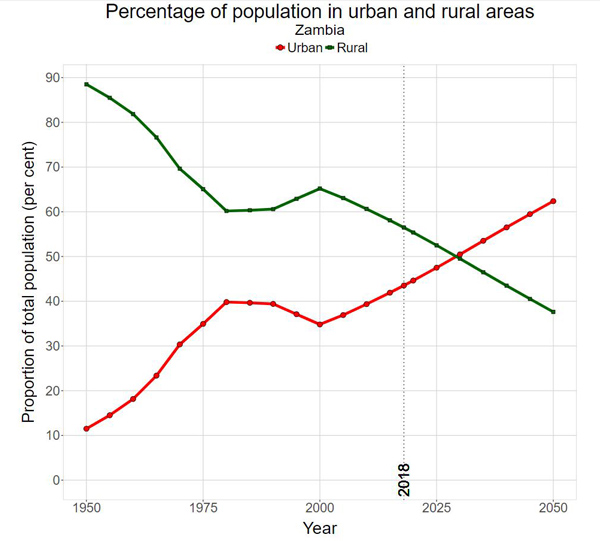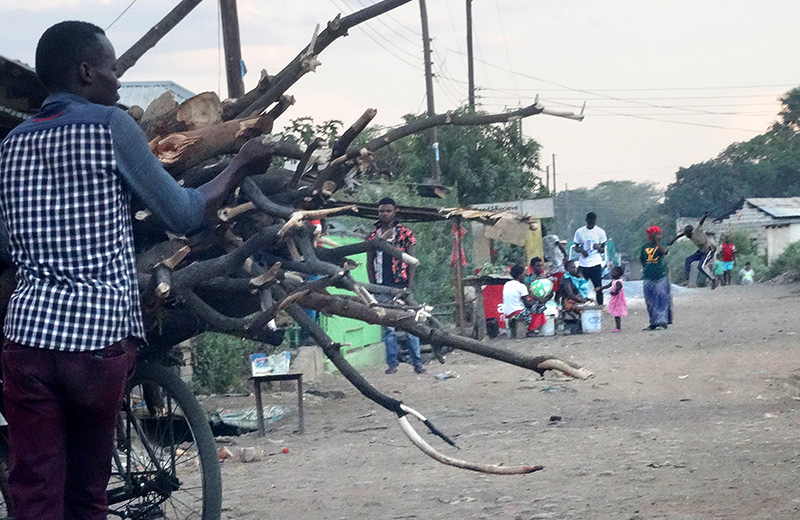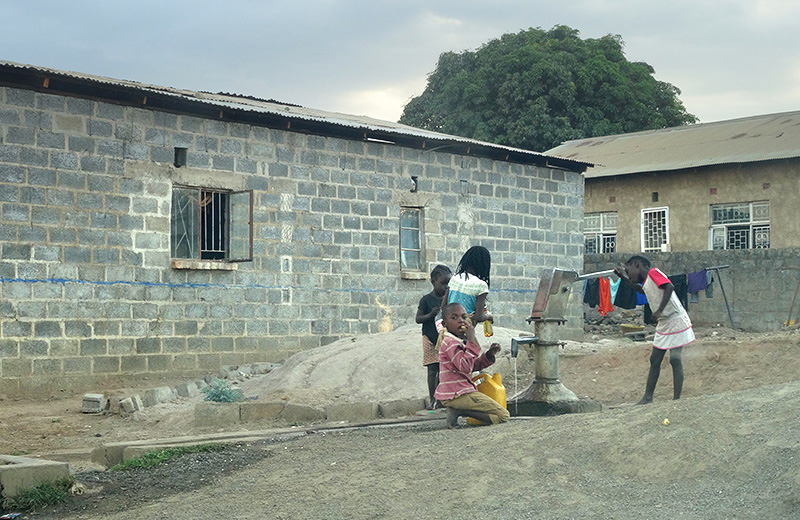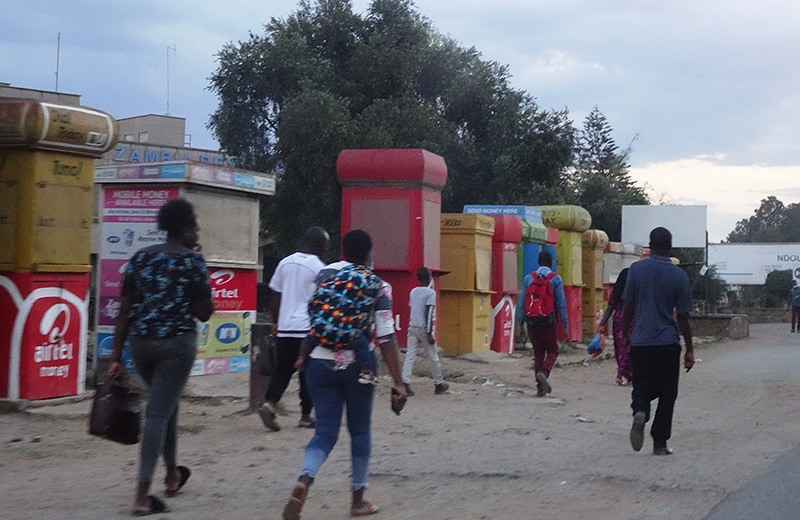Urbanization in Southern Africa
According to UN-Habitat, more than 87 million people in Southern Africa live in slums and informal settlements.
Across southern Africa, more and more people live in towns compared to rural areas. Most towns struggle to provide housing for rapidly growing populations. As a result, large percentages of urban residents end up in slums with no formal tenure rights, and lack of access to water, sewerage and electricity.
There are different “push” and “pull” factors that make a lot of people prefer to live in towns compared to the countryside:
- Pull factors – attracting people to towns: better access to services such as health, schools, as well as better employment opportunities
- Push factors – making people leave the country side: persistent rural poverty, lack of income opportunities and climate related events such as drought.
In Zambia for example:
- In the year 2000, 35% of the population lived in towns
- By 2018 it was 44%
- And by 2030 it is an expected 50%

Cities struggle to keep up with town planning and the provision of residential land and housing, especially for the poor. As a result, informal settlements are rapidly growing in many towns.



